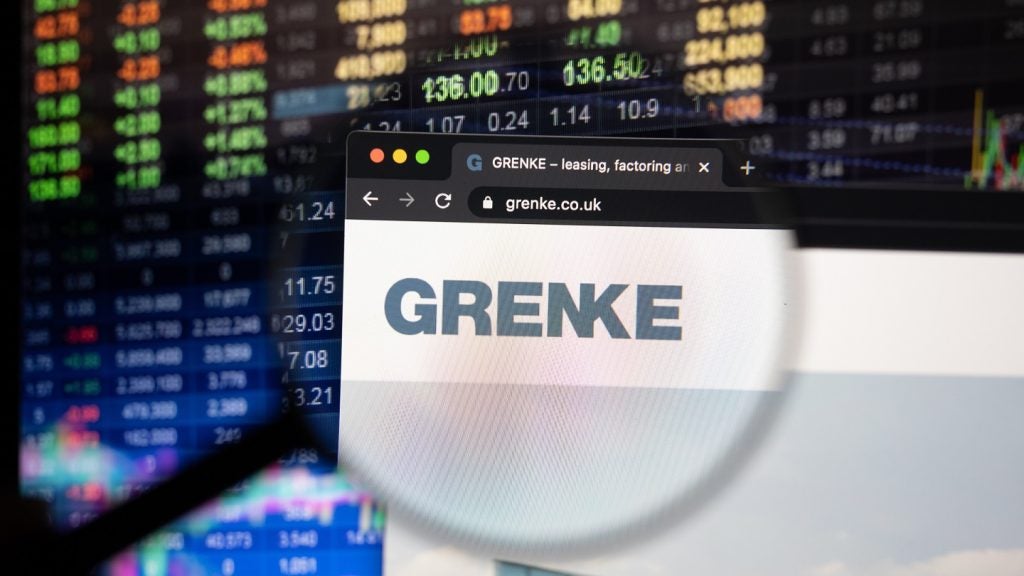
Leasing spare parts can be a practical solution for operators who depend on them to keep their primary assets in service but want to avoid the expense of purchasing high value spare parts "just in case".
However, as spare parts are often moved around and installed on host assets owned by third parties, spare parts lessors need to consider certain legal and commercial risks inherent in spare parts leasing and how best to mitigate them.
Of course, the nature of the risks a spare parts lessor faces and the available mitigants will depend on the specific facts of the transaction and, in this respect, due diligence by the lessor will be key: in order to evaluate the risks and available mitigants, the lessor will need to fully understand the nature of the spare parts and how and where they will be stored and used.
In this article, we consider some of the risks a spare parts lessor may face and suggest certain steps that it may be able to take to mitigate them.
1. Know and identify what’s yours
While this may sound like a statement of the obvious, in order to successfully defeat potential claims to its spare parts – for example, by owners of the host assets on which they are installed – it is critical for a spare parts lessor to be able to identify and prove exactly which parts belong to it.
As a first step, where a spare part has a serial number, the leasing documentation should identify it by that serial number. However, this does not assist for spare parts that do not have a serial number, nor does it fully protect the lessor from third parties who may acquire rights in the spare parts if they are acting in good faith and do not have notice of the lessor’s interests.
To address this, the lessor should require the lessee to take steps to identify the spare parts as the property of the lessor and to notify third parties dealing with them of the lessor’s interests – for example, by affixing nameplates to the spare parts and/or storing the spare parts in a segregated location and displaying notices which advise that the spare parts stored there are the lessor’s property.
Where this is not possible or practical, the lessor may have to rely on the lessee’s contractual obligation to make third parties aware of the lessor’s interests.
For certain spare parts, the lessor may also be able to register its interests in a publicly searchable register (for example, the lessor’s interest in a spare aircraft engine may be registrable at the International Registry established under the Cape Town Convention if certain conditions are satisfied); however, such registries are rare for the majority of spare parts.
2. Keep track of your spare parts
To recover its spare parts, the lessor will need to know where they are.
In practice, this may not be straight forward, particularly if the lessee operates over multiple sites or the spare parts are installed on host assets that travel the world.
The lessor should therefore impose certain controls on the lessee regarding the location of the spare parts. The level of control will vary depending on the nature of the spare parts and their use, but could include:
– obligations on the lessee to provide regular reports on the location of the spare parts and to obtain the lessor’s prior consent to moving them from designated locations;
– restrictions on the lessee’s rights to part with possession or otherwise deal with the spare parts (although a contractual restriction would not prevent certain interests arising by operation of law); and
– a right for the lessor to enter the premises where the spare parts are required to be kept to audit them.
Irrespective of where the spare parts are kept, the lessor should always expressly reserve the right to enter any premises where the spare parts are located to repossess them and, where there is a possibility that they will be affixed to land (see below), reserve the right to sever the spare parts from the land for this purpose.
3. Recognition of rights agreements
As spare parts are often installed on host assets which are owned by third parties, there is a risk that the owner (or financier) of a host asset on which the spare parts are installed could in certain circumstances assert a claim to the title in those spare parts. Even in the absence of such a claim, where a lessee is in default under both the host asset lease and spare parts lease, the owner of the host asset may exert commercial pressure on the spare parts lessor to make payments to the host asset owner as a condition to allowing the spare parts lessor access to the host asset to recover its spare parts.
While the owner of the host asset may not have any legal basis for holding the spare parts hostage in this way, the commercial reality is that it could exploit the fact that the spare parts are installed on its asset to recover some of its potential losses following a lessee default, particularly where the spare parts lessor is keen to recover its spare parts as quickly and efficiently as possible.
For this reason, the spare parts lessor may require a recognition of rights agreement from the owner (and any financier) of the host asset in which that owner (and any financier) acknowledges the spare parts lessor’s rights and title in the spare parts and waives any rights it may acquire in the spare parts arising from their installation on the host asset.
While this may not provide a complete solution to the practical issues surrounding access to the spare parts, a properly drafted recognition of rights agreement could provide the spare parts lessor with legal remedies against the owner of the host asset if it unlawfully prevents the spare parts lessor from accessing its spare parts.
Spare parts lessors also need to be aware that, in certain jurisdictions, the installation of a spare part onto a third party’s asset will be sufficient to automatically transfer title in the spare part to that third party. The restrictions and protections that may be available to the spare parts lessor in this case will depend on the nature of the spare parts and the jurisdictions involved.
How well do you really know your competitors?
Access the most comprehensive Company Profiles on the market, powered by GlobalData. Save hours of research. Gain competitive edge.

Thank you!
Your download email will arrive shortly
Not ready to buy yet? Download a free sample
We are confident about the unique quality of our Company Profiles. However, we want you to make the most beneficial decision for your business, so we offer a free sample that you can download by submitting the below form
By GlobalData4. Fixtures risk
A spare parts lessor may also need to consider the risk of its spare parts becoming "fixtures", which means that they legally become part of the land to which they are affixed and are treated as the property of the land owner. This will not be relevant to all spare parts: whether or not a spare part becomes a fixture will depend on the applicable system of law, the specific facts and the purpose and degree of annexation.
Where this is a potential risk, the lessor should consider restricting the lessee’s right to affix the spare parts to land (however, this will not necessarily prevent them from becoming fixtures where they are in fact affixed, and this may not be an option for spare parts which are intended to be affixed to land). The lessor should also require a landlord / mortgagee waiver from anyone with a relevant interest in the land, such as the lessee’s landlord and any superior landlords and mortgagees. Broadly speaking, this would be on similar terms to a recognition of rights agreement (described above).
Even where the risk of a spare part becoming a fixture is remote, the lessor should consider whether the land owner (or anyone claiming through it) would, in practical terms, be able to frustrate its ability to access the spare parts to recover them in much the same way as might an owner of a host asset as referred to in the section above. Where this is a possibility, the lessor should consider requiring a landlord / mortgagee waiver.
Conclusion
While spare parts leasing has certain inherent risks for a spare parts lessor, a well-drafted suite of leasing documentation can offer the lessee the flexibility it needs to access essential spare parts without the capital expenditure required to purchase them outright, while at the same time offering the lessor certain protections against some of those inherent risks.
Adam Longney is a partner in the finance team at REN Legal and specialises in both domestic and international asset finance and leasing transactions.
REN Legal is a commercial law firm based in the City of London with particular expertise in finance, corporate and commercial real estate matters.







